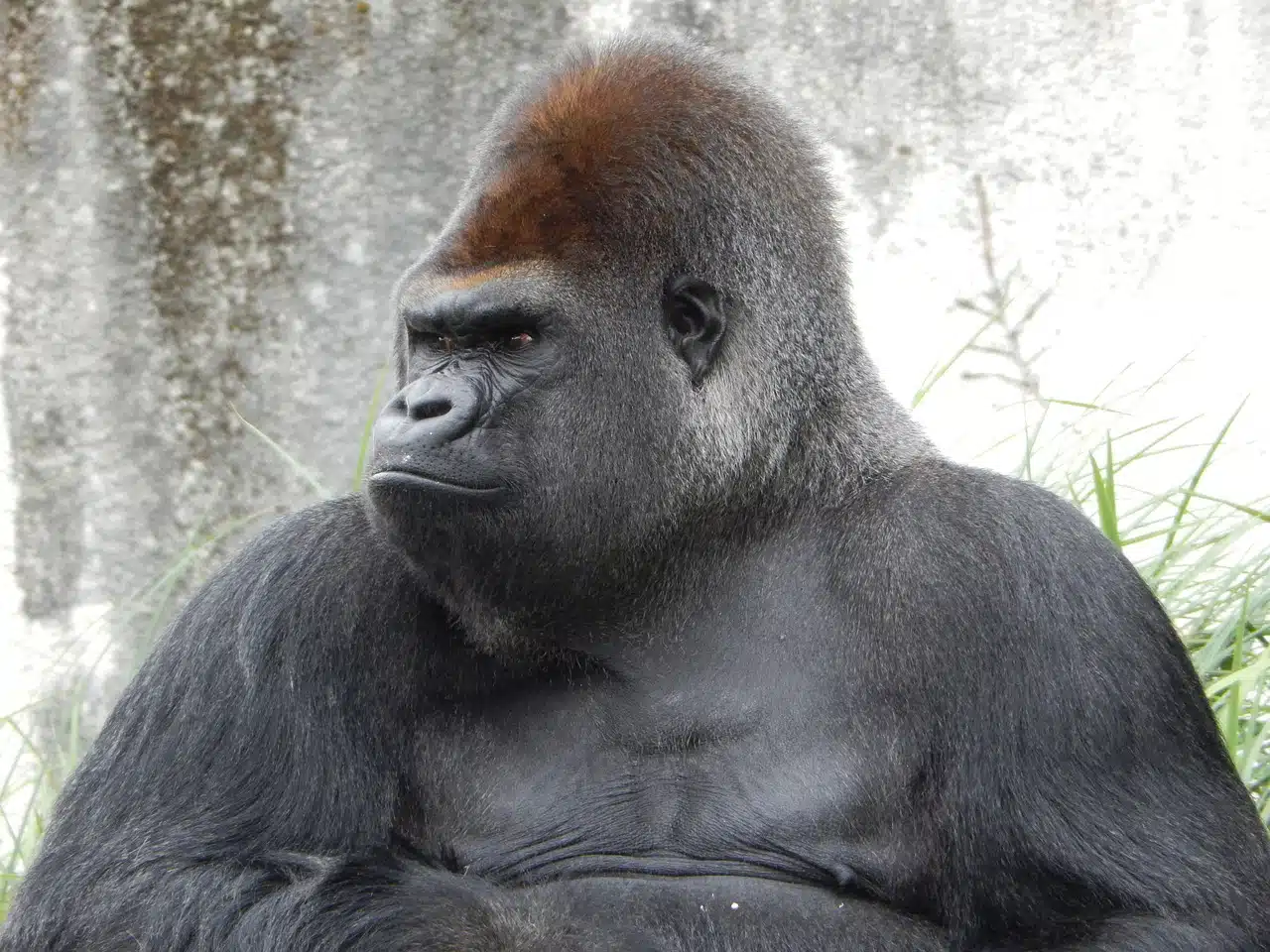
A gorilla is an ape.
An ape is an anthropoid primate . If the term - which comes from the Latin simius - appears written with an initial capital letter ( Simio ), it refers to the suborder of these animals.
For example: "This summer I will dedicate myself to the study of apes" , "A large ape escaped from a shelter and its search took those responsible several hours" , "Despite our great resemblance to apes, many companies "They do not hesitate to annihilate hundreds of orangutans to plant oil palm trees in their habitat."
In our language , ape is usually used as a synonym for monkey . In other languages , however, there are terms that distinguish between the different groups of primates according to their zoological characteristics.
Humans and apes
Through a series of biological changes, human beings have differentiated themselves from the rest of the primates in certain well-defined aspects, which are set out below:
- Bipedalism : people walk supported on our two hind legs ( legs ), which means that our walking position is upright and that we can leave our arms and hands free. On a physical level, this difference is due to the fact that our pelvis is considerably shorter and wider than that of an ape.
- Opposable thumb on the hand : with our thumb we can touch the pads of the other fingers of the same hand. This anatomical characteristic allows us to manipulate more types of objects than our primate relatives and makes it easier for us to make tools.
- Brain size : the cranial capacity of humans is almost three times greater than that of the ape, reaching 1450 cc, versus 500 cc. Scientists claim that this difference gives us more intellectual abilities, and that it represents the reason we have been able to develop cultures and societies.
- Speech : given the characteristics of our oral cavity and our vocal cords, human beings can articulate more sounds, allowing us to create complex verbal languages that have contributed to the evolution of our brain from generation to generation.

Apes share many characteristics with humans.
The largest species
The expression great apes allows us to refer to the genus Hominidae .
Gorillas , orangutans , chimpanzees and bonobos , in this sense, are great apes: "The gorilla is my favorite ape: it is very strong and makes terrifying screams" , "Human beings share more than 99% of the genome with the chimpanzee, so it can be said that we are very similar to this ape" , "The bonobo, also called pygmy chimpanzee, does not usually move away from its natural habitat, which makes it difficult to spot it."
Closeness between apes and people
Apes share many characteristics with humans . Although this is not unique to this species nor should it be taken as something especially positive simply because it makes them similar to us, some apes recognize themselves in a mirror, understand people's gestures and expressions, and even create and use tools .
The bond that unites us to apes, especially chimpanzees and orangutans, transcends the barriers of physical appearance and behavior to reach the emotional level; This does not mean that we should respect them more than species less similar to us, but rather that we can understand more clearly how they think and feel . To find the shocking results of the comparison between our genes and theirs, three dozen laboratories scattered in seven countries carried out in-depth research.
It should be noted that this closeness to our species does not prevent many apes from being in danger of extinction . The gorilla , despite its great natural strength, suffers from poaching , the destruction of its natural habitat and epidemics such as the Ebola virus. Conservation groups strive to prevent the extinction of this ape, like that of other animals.
